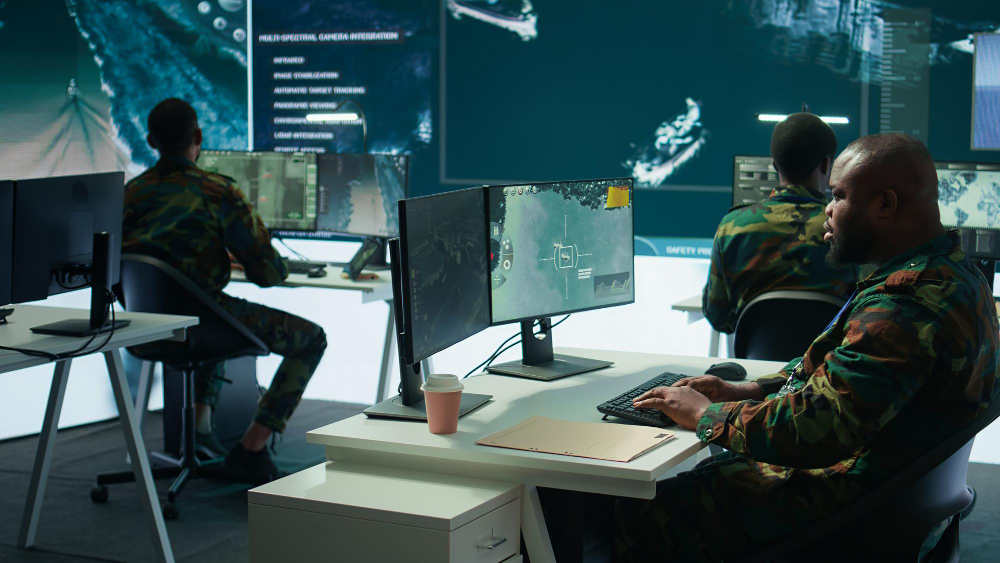
Status: Final Blueprint (Summary)
Author: Shahab Al Yamin Chawdhury
Organization: Principal Architect & Consultant Group
Research Date: July 23, 2025
Location: Dhaka, Bangladesh
Version: 1.0
1. The Proactive Imperative
In the modern threat landscape, organizations must operate under the assumption of compromise. Threat hunting is the proactive and iterative process of searching for cyber threats that have evaded existing security defenses. Its goal is to reduce attacker dwell time and create a powerful feedback loop to continuously improve the entire security ecosystem.
Proactive vs. Reactive Security
| Characteristic | Reactive (Incident Response) | Proactive (Threat Hunting) |
| Timing | Post-detection | Pre-detection (Hypothesis-driven) |
| Objective | Contain & Remediate | Discover & Neutralize |
| Cost Profile | High, unpredictable | Upfront investment, lower long-term cost |
| Key Metrics | MTTR, MTTC | MTTD, Dwell Time Reduction |
| Business Outcome | Business disruption, data loss | Reduced risk, enhanced resilience |
2. Foundational Frameworks
Effective hunting is guided by structured frameworks that provide a common language for understanding adversary behavior.
- The Cyber Kill Chain: A model describing the stages of a cyberattack (Reconnaissance to Actions on Objectives), providing strategic context for investigations.
- The Pyramid of Pain: A strategic guide showing that detecting adversary Tactics, Techniques, and Procedures (TTPs) is far more effective (“painful” for the adversary) than detecting low-level indicators like IP addresses or file hashes.
- The MITRE ATT&CK® Framework: A globally accessible knowledge base of adversary TTPs that provides the operational “what” and “how” for hunting missions. It is used to formulate hypotheses, conduct gap analysis, and standardize communication.
3. Architecting the Capability
A world-class hunting program requires a balanced investment in People, Process, and Technology.
People: The Elite Hunt Team
The team is the most critical factor. The ideal hunter combines deep technical knowledge, analytical skill, and an “attacker mindset.”
- Organizational Models:
- Dedicated Team: Full-time hunters for maximum focus (High Cost).
- Hybrid Team: Analysts with dual SOC/hunting roles (Cost-effective start).
- Outsourced Team: Using an MDR service for immediate expertise (Lacks internal context).
- Core Competencies:
- Technical: OS Internals, Network Analysis, Log Analysis.
- Analytical: Data Analytics, Scripting (Python/PowerShell), Pattern Recognition.
- Adversary Knowledge: MITRE ATT&CK, Threat Intelligence.
Technology: The Hunter’s Arsenal
Hunting is enabled by a sophisticated, integrated technology stack providing visibility and analytical power.
- Data Source Strategy (The Foundation):
- Endpoint: EDR telemetry, process logs (Sysmon), registry/file changes.
- Network: Firewall/proxy logs, DNS queries, network flow records (NetFlow).
- Identity/Cloud: Authentication logs (Azure AD), cloud audit logs (CloudTrail).
- Core Hunting Platform:
- SIEM/Security Data Lake: Central log aggregation and long-term search (e.g., Splunk, Sentinel).
- EDR (Endpoint Detection & Response): Deep-dive investigation on hosts.
- NDR (Network Detection & Response): Visibility into network traffic.
Process: The Hunting Loop
A structured, repeatable process ensures hunts are methodical and drive improvement.
- Hypothesis: Start with a clear, testable question based on threat intelligence, ATT&CK, or environmental anomalies.
- Investigation: Use the technology stack to gather data and test the hypothesis.
- Analysis: Analyze results, pivot between data sources, and build a picture of activity.
- Resolution: Classify activity as malicious (escalate to IR), benign, or inconclusive (identifies a visibility gap).
- Feedback Loop: (Most Critical Step) Automate every successful manual hunt into a new, durable detection rule. This hardens defenses and frees hunters to focus on the next unknown threat.
4. Measuring and Maturing the Program
Key Performance Indicators (KPIs)
Quantify the program’s value through a balanced set of metrics.
- Impact:
- Dwell Time Reduction: Compare time-to-detect for hunted vs. alerted incidents.
- New High-Fidelity Detections Created: Track the number of automated rules generated from hunts.
- Coverage:
- MITRE ATT&CK Technique Coverage (%): Measure the breadth of hunting efforts against known TTPs.
- Operational:
- Hunts Conducted per Quarter: Measure the team’s operational tempo.
- Average Time to Hunt: Track team efficiency.
The Hunting Maturity Model (HMM)
Use this industry-standard model to benchmark capability and create a roadmap for improvement.
- HMM0 (Initial): No hunting capability.
- HMM1 (Minimal): Basic IOC searching based on threat intel.
- HMM2 (Procedural): Follows hunting procedures developed by the community.
- HMM3 (Innovative): Creates new, novel hunting procedures.
- HMM4 (Leading): Automates successful hunts, freeing humans to focus on R&D.
5. Implementation and Critical Success Factors
Phased Implementation Roadmap
- Phase 1: Foundation (Months 0-3): Secure sponsorship, define charter, assess maturity, and perform a data source gap analysis.
- Phase 2: Initial Operating Capability (Months 4-9): Establish the Hunting Loop, conduct initial hunts based on playbooks, and implement the KPI dashboard.
- Phase 3: Maturation (Months 10-18+): Expand data collection, foster innovation (HMM3), and build the feedback loop to automate detections (HMM4).
Keys to Success
- Critical Factors:
- Executive Sponsorship: Essential for long-term investment and support.
- Unfettered Access to Data: Silos are the #1 technical impediment.
- Culture of Curiosity: Empower the team to be autonomous and follow leads.
- Tight SOC Integration: The feedback loop is non-negotiable.
- Pitfalls to Avoid:
- The “Tool Fallacy”: Technology enables, but does not replace, skilled people.
- Confusing IOC Searching with Hunting: Move up the Pyramid of Pain to hunt for TTPs.
- Boiling the Ocean: Use specific, narrow, and testable hypotheses.
- Failure to Operationalize: If you aren’t automating successful hunts, you are failing to mature.